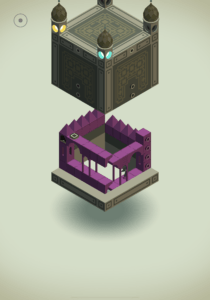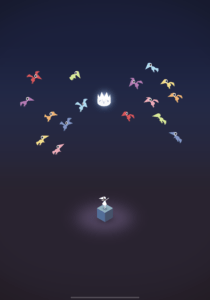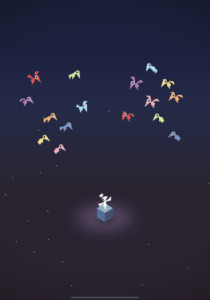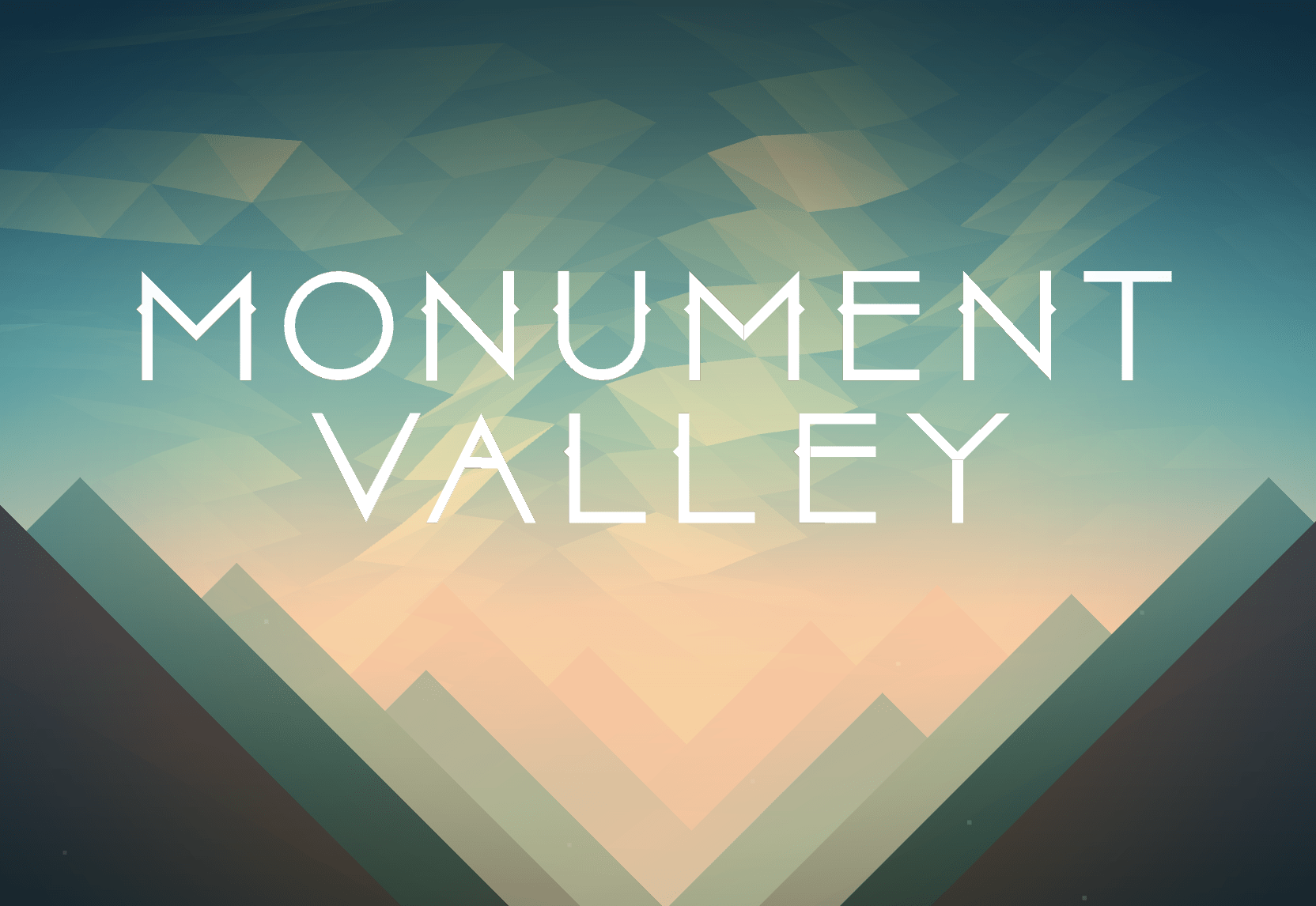Game, Creator, Platform, Target Audience
This week, I played Monument Valley on iOS, published and developed by Ustwo Games. Its intended audience is people at least 4 years old who enjoy puzzles, aesthetics/art, animation, and stories.
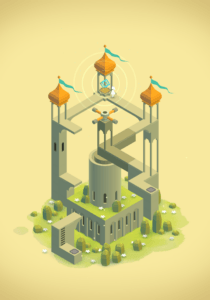

Formal Elements and Types of Fun
Monument Valley is a single-player game with a single player vs. game interaction pattern, and an objective of solving puzzles to complete the ten levels that make up Ida’s story. The main actions are clicking to move Ida and turning/moving items to solve the puzzles, working towards the ultimate goal of arriving at “targets” for each level and eventually discovering the whole story. The game intends to have fun through challenge and narrative, and it succeeds through the puzzles that use optical illusions and a sequence of required steps, as well as an overarching story about Ida’s journey that connects all of the challenges.
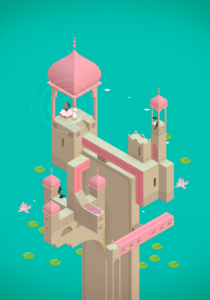
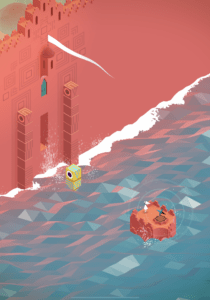
Puzzle Mechanics → Experience
The game uses the mechanics of walking and turning/moving items to interact with perspective/illusions that ultimately help solve the puzzles. These mechanics influence the experience of the game by introducing the potential for insight/”lightbulb” moments, where the player might get stuck for a while but suddenly sees everything coming together when they see the puzzle from a different perspective, but then a feeling of accomplishment after figuring out the trick. Personally, for the times I felt stuck, after realizing how to use perspective to my advantage and/or use an element in a nontraditional way (such as using the crow “antagonists” to help), the solution felt so obvious in hindsight. The “optical illusion” aspect of the game (and challenge of conventional thinking) thus contributes to the challenge aesthetic, as the player must keep the importance of perspective in mind as they go through the challenge.

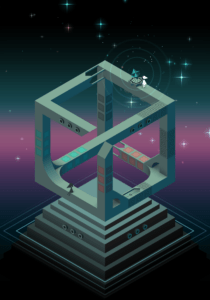
Clever Decisions and Potential Improvements
On top of the beautiful animations/aesthetics and incorporation of optical illusions, the game designers included clever decisions through details that tie the game together, such as the connection of the title to the story, recurring elements (e.g. the red flower), and the “twist” with the ultimate transformation of Ida at the end of the story that provides more context for her “cone hat.” However, some potential points for improvement relate to playing like a game designer with the “first order optimal strategy,” where an initial strategy of just trying to explore/move everywhere might not work out if the player is just missing something obvious. For example, I got stuck on the fact that Ida was not appearing at one part and took a while to realize that I could just use the crow to accomplish the task. Perhaps there could be a feature that introduces some type of “hint” if the player doesn’t make progress after a certain amount of time, such as drawing their attention to something that could be useful (for instance, adding a glowing ring around the crow that could help solve the puzzle in my case).
